Small but mighty, the humble pea has quietly played a starring role across centuries of human history. From feeding ancient civilisations to cracking the code of heredity in a monastery garden, these pint-sized powerhouses have been far more than a side dish.
Tracing a journey that winds through Neolithic farms, medieval markets, and the notebooks of Gregor Mendel, peas have shaped not just palates but pivotal moments in science and society. So, how did these vibrant green globes go from field staple to freezer favourite? Let’s dig in.
Prehistoric Peas
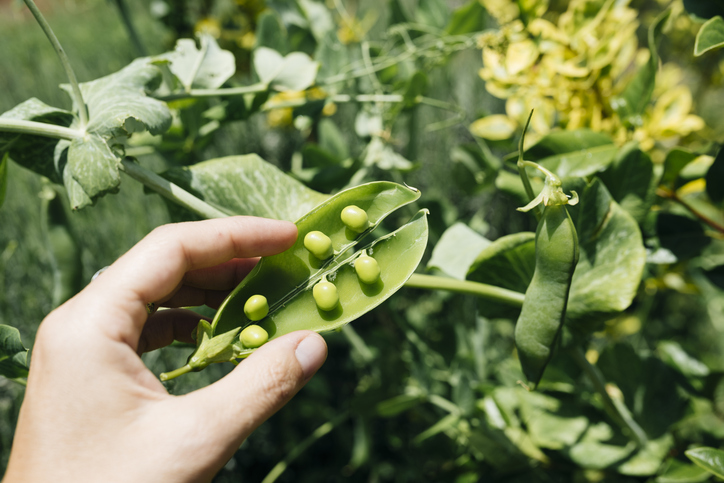
Peas were some of the first vegetables to be farmed (Credit: Westend61 via Getty Images)
The story of the pea stretches back so far in time that it’s impossible to trace its roots. The evidence available suggests that wild peas originated in the Middle East, with indications of humans eating them for at least 20,000 years. They were also among the first known vegetables in history to have been purposefully farmed, with archaeological evidence tracing back around 11,000 years.
Early sites in Syria, Turkey, and Iraq have yielded charred pea remains, suggesting that prehistoric humans found them worth the trouble of growing – despite their tough, inedible pods at the time. These early peas were quite different from their modern counterparts. Often dried and cooked into stews, they weren’t consumed fresh.
The Medieval Pea-sants’ Favourite
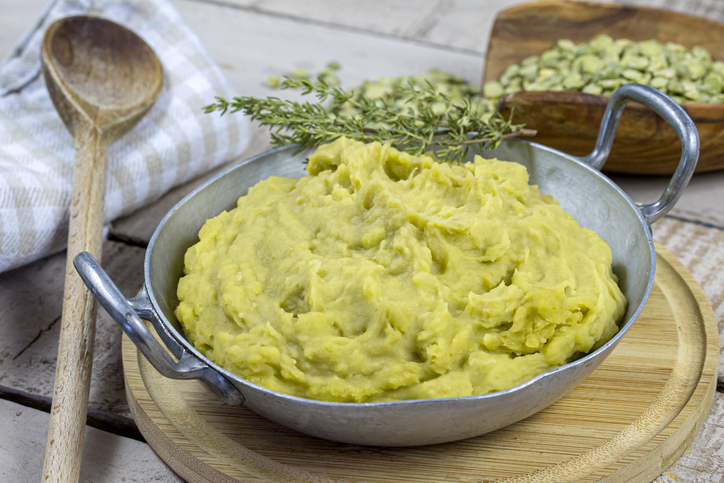
Pease pudding was a common dish in the Middle Ages (Credit: frederique wacquier via Getty Images)
As agriculture developed across Europe and Asia, peas rode the coattails of trade and migration, gradually becoming a staple of ancient diets. By the time of the Greeks and Romans, peas had a respectable presence on dinner tables, though still viewed more as fuel than delicacy.
During the Middle Ages, dried peas became a dietary backbone for Europe’s rural and urban poor. In a time before widespread refrigeration or reliable crop variety, peas could be dried and stored for long winters and lean years. Pease porridge (or pease pudding), made from boiled and mashed dried peas, was a staple.
A Garden Revolution: From Dried to Delicate
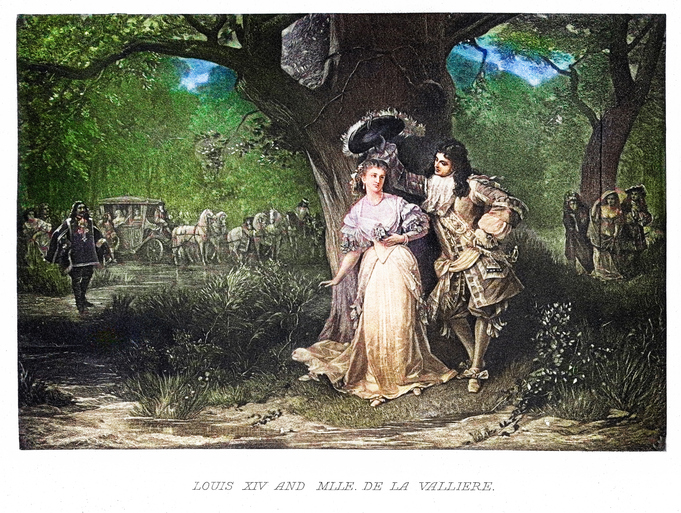
Louis XIV and Louise de La Vallière (Credit: mikroman6 via Getty Images)
The renaissance of peas came during the 17th and 18th centuries, particularly in France and England, where fresh peas grew in popularity among the upper classes. French cuisine in Louis XIV’s court saw a surge in tender green vegetables, and peas – now harvested young – were embraced as luxurious garden fare.
Ex-Pea-Remental History
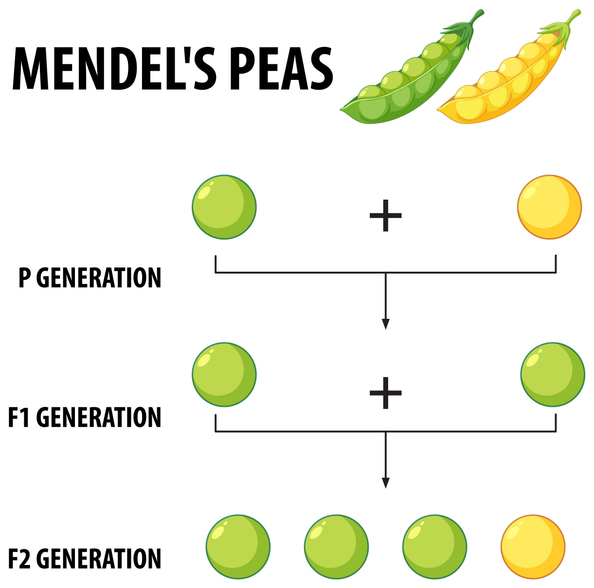
Gregor Mendel's Peas (Credit: colematt via Getty Images)
No history of peas would be complete without tipping the hat to Gregor Mendel, the 19th-century Austrian monk whose pea plant experiments laid the groundwork for modern genetics.
Mendel grew over 28,000 pea plants in the monastery garden, meticulously recording traits like seed shape, colour, and pod texture. From these observations, he formulated the foundational principles of inheritance – dominant and recessive traits, segregation, and independent assortment. The humble pea plant, with its clear and predictable variations, proved the ideal subject for his groundbreaking work. Though his studies were largely ignored during his lifetime, Mendel’s legacy bloomed in the early 20th century, giving peas an unexpected role in scientific stardom.
Wartime Rations and Tinned Traditions
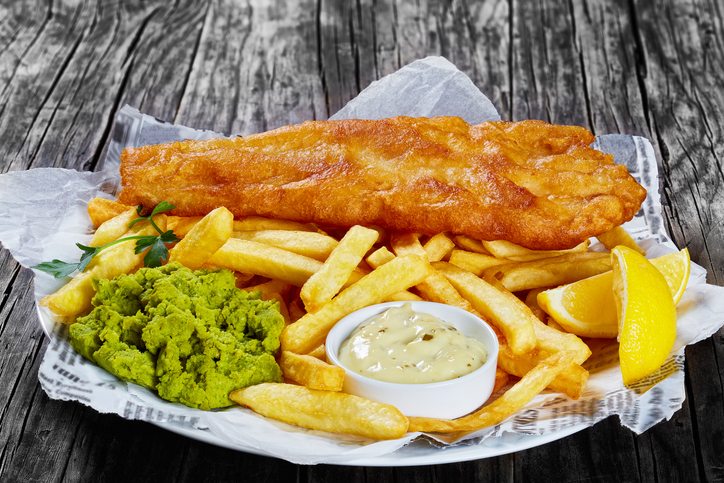
Fish, chips and mushy peas (Credit: from_my_point_of_view via Getty Images)
During the World Wars, peas remained a reliable source of nourishment. Tinned marrowfat peas and dried split peas were key components of rations in Britain, thanks to their long shelf life and nutritional value. They were often served in soups, pies, and the occasional controversial mush.
Mushy peas, beloved by some and bewildering to others, became a cultural mainstay in the North of England. Paired with fish and chips or served with pies and gravy, these neon-green concoctions are both comfort food and conversation starter. It’s fair to say they’ve squashed their way into British food folklore.
The Frozen Frontier
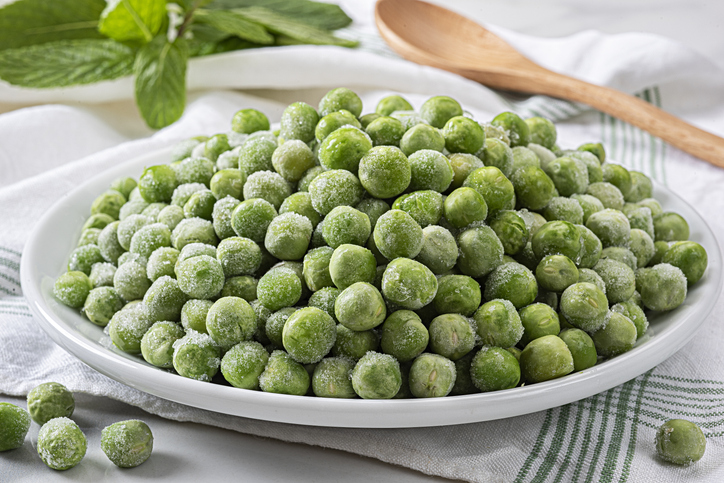
Frozen peas (Credit: BURCU ATALAY TANKUT via Getty Images)
The 20th century saw one of the greatest breakthroughs in the pea’s culinary career: freezing. Clarence Birdseye’s work in the 1920s and 30s revolutionised the way vegetables were preserved. Peas, with their compact size and high sugar content, responded brilliantly to quick freezing, maintaining their flavour and vibrant colour.
By the 1950s, frozen peas were a household staple. They were convenient, versatile, and a favourite of home cooks and canteen chefs alike. Moreover, the industrialisation of pea farming – complete with harvesters, graders, and flash-freezers – made the little green spheres more accessible than ever. Today, frozen peas remain one of the UK’s most-purchased vegetables.
The Power of the Pod
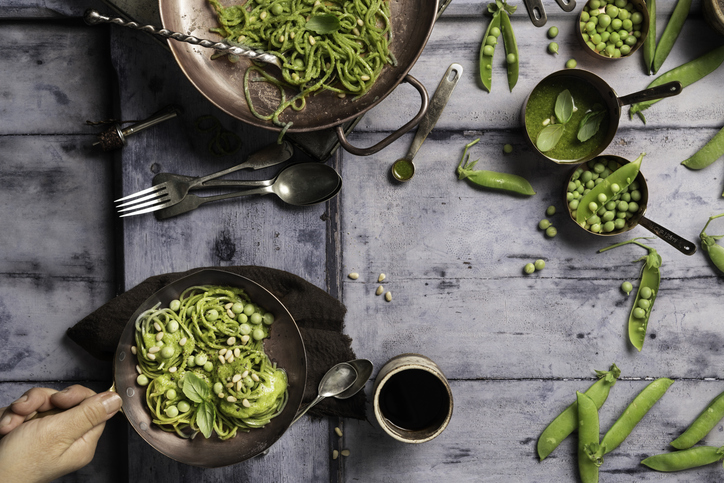
Simple yet scrumptuous! (Credit: Monica Bertolazzi via Getty Images)
From prehistoric fields to high-tech labs, peas have proven remarkably adaptable and quietly influential. Whether dried, tinned, fresh, or frozen, their story intertwines with agriculture, science, and sustainability. They’ve been symbols of simplicity and luxury, of childhood fussy eating and culinary innovation. And while they may not shout their contributions from the rooftops, peas continue to thrive in kitchen gardens and supermarket freezers alike – content, perhaps, to let their rich history speak for itself.












